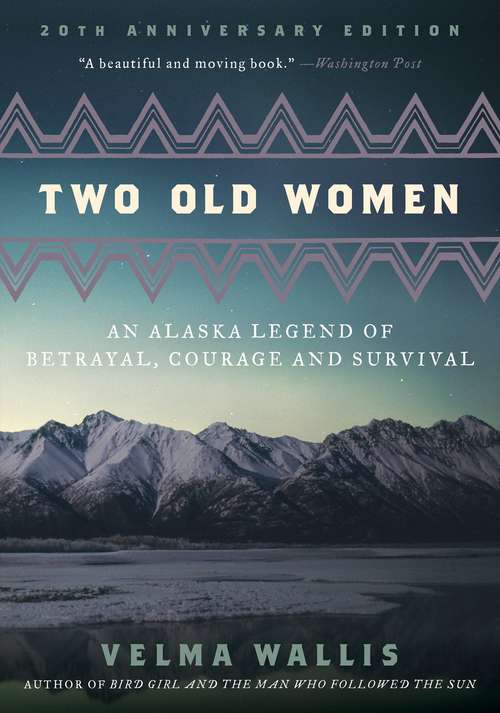Special education teacher Ben Griese uses Bookshare, assistive technology, and creativity to engage reluctant readers in rural Alaskan Native community
In Part 1, Ben shared the challenges of distance learning in rural Alaska and the breakthroughs he achieved with Bookshare and assistive technology.
In Part 2, Ben discusses the benefits of digital voices and other features, books guaranteed to entice reluctant readers, and advice for parents and teachers to foster a love of reading and support students on their journey to reading independence.
Which Bookshare features improve students’ reading success?
My students enjoy customizing the reading experience by changing the settings to support a variety of reading styles. Some kids like to adjust the text-to-speech narration speed. Others like to set the font, text size, colors, and highlighting.
The key is to find the right voice and adjust the settings according to students’ preferences. My students with emotional behavior disorders are the most creative. They love to switch voices depending on the story. In the scary Goosebumps books, for example, they find a voice that sounds like the evil doctor and it makes the story come alive.
Once students started reading, they requested tons of books for their reading lists. Many students upgraded their Organizational Memberships to Individual Memberships. This option lets them select their own books, and their reading just took off.
Can you share more student success stories?
Nick was a student who refused to read anything longer than a paragraph. His teacher told me: “This kid just started using Bookshare. I could not stop him from reading. He is never on task, and today he finished six chapters and all of his homework.” Now he will put down video games to read books. Once Nick found out that he could highlight only five lines at once, it really helped him process the story. His eyes stayed in one spot while he was reading and he didn’t have to track over a whole page.
Another one of my students, a freshman girl, was reading graphic novels at a fourth-grade level and really struggling. She was not confident in herself and shied away from reading. Reading highlighted text while listening to narration helped her comprehend chapter books that were age appropriate. Her dad said it used to be hard to get her off video games, but now he can’t get her off books. I asked him if that was a problem. He laughed and said no, but sometimes we need her to do the dishes.
Can you recommend some books that engage reluctant readers?

I recommend books based on their personal tastes. If they like nonfiction, I recommend the I Survived! series. The kids absolutely love those. If they prefer fiction, I recommend science fiction like Ender’s Game. For a group of girls, they got sucked into The Vampire Diaries.
If I need a book that isn’t in the library, I contact Bookshare Customer Support and they will add it to the collection. We have a lot of books by local authors within our region. It is a huge plus for kids who live in an underrepresented culture to have books reflecting their heritage. Students also want to read stories about kids who have similar disabilities.
Explore these Bookshare Special Collections containing pre-made reading lists:
What advice do you have for teachers and parents?
I encourage teachers to try Bookshare. Learn it and see how it can benefit students. If you need help, ask Bookshare Customer Support. Everyone at Bookshare has always been wonderful and helpful.
For parents, set intentional times for kids to read and read with them. Talk about the stories. Once they start to build that self-confidence and ability to be successful, then take off the leash and let them run. Sometimes they’ll teach you a lot of things you don’t even know about.
The Bookshare Team says “quyana” (thank you) to Ben for sharing his story and wishes the students at Chief Ivan Blunka school good health and a successful school year.


can I do the bingo please
Hi Misty: the subsistence bingo is a special version that the Alaskan Native students play to learn about their culture and heritage. The squares contain activities like: chop wood, mend a net, pluck a duck, share with an elder, learn to say traditional place names, make akutaq, identify an edible plant, and help split and dry fish. I will email you a picture of the bingo card. From, Laura on the Bookshare team
Exposing young people to language and spoken literature is so important as we learn to read. Reading is not natural but speech is. We learn to read from speech to print. As one gal says, “We must wash them in waves of words”.
As an educator in rural Alaska for 20 some years and now in Wyoming, I see so many variables and cultural celebrations and if we want our kids to learn to read, it is seriously neuroscience and complex. However, simply put, listening to spoken language and speaking in general is a key to learning to read. In rural AK, the question is, how do you keep the traditional contextual learning and immerse in language? I think you are on to something Ben Griese with “books on tape/digital voices”! Nice!
Literacy for all,
Kathy Powers
Principal at Big Horn Elementary, Wyoming
kpowers@sheridan.k12.wy.us